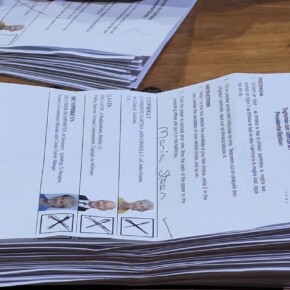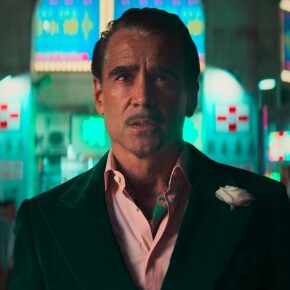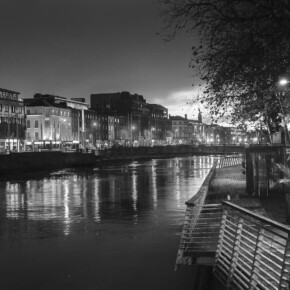Why we must charge for car parking at our cemeteries
Dublin People 10 May 2014
LAST week Southside People highlighted how car parking charges at Palmerstown Cemetery had locals up in arms.
A local election candidate, Tony Stafford, told how the Glasnevin Trust, which owns the graveyard, had recently imposed a
?¬2 car parking charge in Palmerstown which he claimed was causing traffic problems in surrounding estates.
Mr Stafford said the Glasnevin Trust would have to reconsider the car parking charges as they were causing major traffic problems in the nearby estates.
“Aside from the traffic issues that they are causing, I personally think it is wrong to charge people for parking while they are visiting their deceased loved ones,
? Mr Stafford had said.
“Glasnevin Trust should do the decent thing and stop charging people for the use of the graveyard car park.”
However, George McCullough, the Chief Executive of the Glasnevin Trust, has responded to the article, explaining why he believes it is important to outline to the public the reasons for the introduction of the
?¬2 parking charge at Palmerstown Cemetery.
“This is to ensure that the vast bulk of people who visit the cemetery can do so in a peaceful and pleasant environment,
? Mr McCullough wrote.
“The whole issue of traffic and parking control has, over time, become a major issue for cemeteries and crematoria which are under the management and control of Glasnevin Trust (Glasnevin Cemetery, Goldenbridge Cemetery, PalÂmersÂtown Cemetery, Newlands Cross Cemetery, Glasnevin Crematorium, Newlands Cross Crematorium).
“Following very careful and detailed review, and taking into consideration the wellbeing and sensitivity of all of the people who need to use or visit our cemeteries and crematoria, Glasnevin Trust has come to the decision that traffic and parking control procedures have to be introduced for the following reasons:
“The increasing numbers of vehicles using the cemeteries and the increasing size of vehicles using the cemeteries (particularly 4×4 jeeps or off road vehicles).
“Cemetery roadways are 1.2m (4 feet) wide, which is barely wide enough for one car to access. Vehicles turning off main access roads cut the corners thereby driving over end or corner graves.
“Once on the public pathway, stopped vehicles totally obstruct the pathway, thereby preventing other vehicles access or egress except for reversing, or worse, drive over graves causing, in wet weather, deep tyre tracks over family graves.
“The cemetery staff inevitably gets the blame for this and in any, or every case, must repair damage.
“Such obstruction also occurs with cemetery vehicles and on occasion, funerals are obstructed.
?
Mr McCullough added that in recent years,
“and this may well come as a shock to many people, we frequently have to dispose of household refuse dumped in the cemeteries, particularly at weekends.
“This refuse varies from domestic waste to fridges, freezers, cookers, mattresses and on occasion truck loads of builders’ or garden waste.
“I hope my comments illustrate for the general public why ongoing, unfettered access to the cemeteries is not practical or manageable, as is the case with all public parks, and that while restrictions may seem unreasonable, particularly to the recently bereaved, they are necessary to keep the cemeteries under our management to the highest possible standards, given the limited resources at our disposal,
? McCullough added.
“In the evolving world in which we live, security of site, personnel and visitors to our cemeteries is paramount.
“The fee charged and referred to, is to cover the cost of the equipment installed, monitoring of security, improvements carried out in the environs and future maintenance.
?











